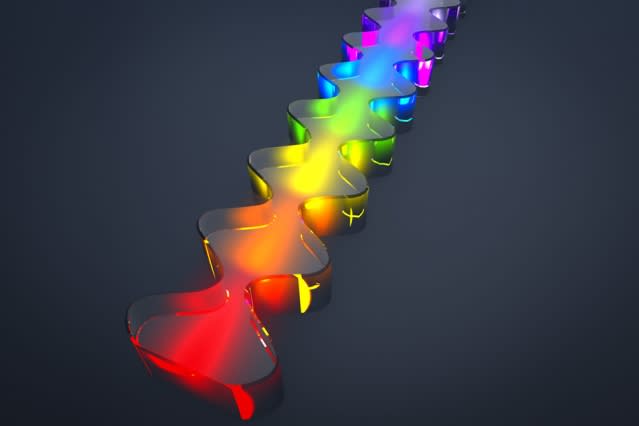Revolutionary new laser system could detect bombs at airports in microseconds

There's no evidence that the TSA has ever actually prevented a terrorist attack. In fact the head of the TSA was just forced to step down on Tuesday after an investigation conducted by Homeland Security revealed that 95% of weapons and explosives went undetected as they passed through airport security check points. Ineffective though it may be, everyone can still recognize the importance of airport security. Of course, that doesn't make it any less painful to endure, especially when you're running late for your flight and you arrive at a security line that stretches as far as the eye can see.
The good news is that progress is being made that could speed up the security screening process in the future, while also making air travel far more secure.
HUGE LEAK: This is probably our first look at a real iPhone 7
Researchers from MIT’s Research Laboratory of Electronics and Princeton University have developed a new quantum cascade laser the size of a computer chip. The laser is part of an innovative terahertz spectroscopy system that takes just 100 microseconds to identify an object's spectroscopic signature, allowing the system to identify dangerous devices such as explosives in a fraction of a second.
While terahertz spectroscopy is very effective, existing solutions require a heavy radiation source and can take anywhere between 15 and 30 minutes to analyze an object and identify its spectroscopic signature.

Terahertz spectroscopy uses electromagnetic radiation bands found in between microwaves and infrared light, and it is able to "fingerprint" a wide range of materials such as chemicals used in explosives. The technology's accuracy would make it ideal for airport security and several other applications, but current technological limitations represent a large barrier to adoption. MIT's advancements could completely eliminate those road blocks.
“With this work, we answer the question, ‘What is the real application of quantum-cascade laser frequency combs?’” lead researcher Yang Yang told MIT News. “Terahertz is such a unique region that spectroscopy is probably the best application. And QCL-based frequency combs are a great candidate for spectroscopy.”
The group's paper was published recently in the journal Optica.
Related stories
Watch the world's biggest plane land in Australia
Do you know about all the stuff you can still get for free on airplanes?
This threatening WiFi hotspot name was scary enough to ground a plane
More from BGR: Apple’s next MacBook Pro will be like nothing we’ve ever seen
This article was originally published on BGR.com

